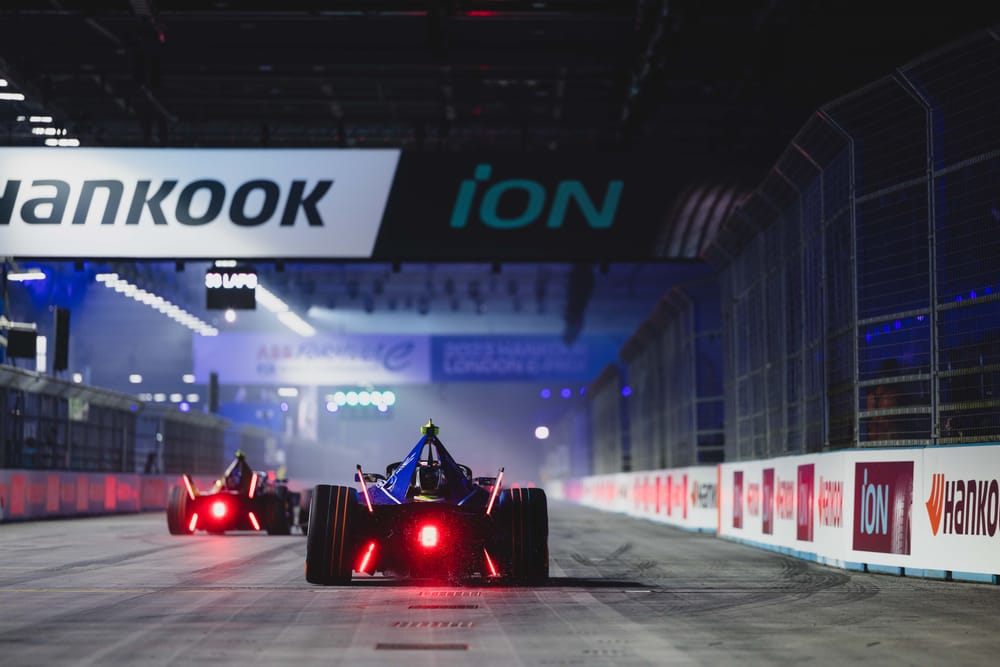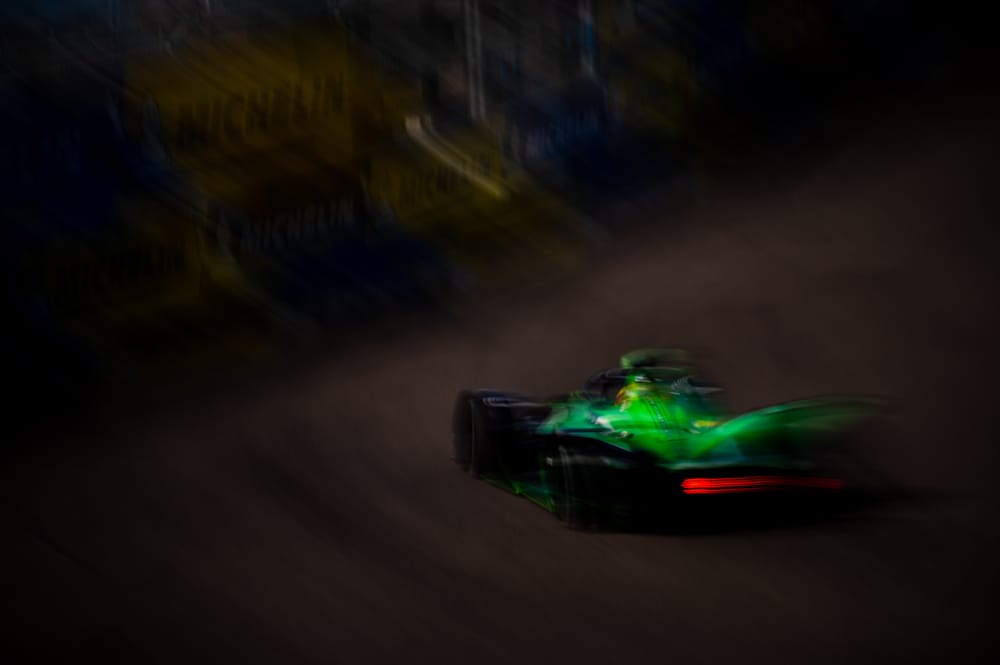There has been some strong support for some form of salary cap in Formula E for the last few years but plans to introduce it for the 2024-25 season were recently scrapped.
Depending on who you speak to, this is either a good thing for the world championship or a blind spot that will eventually come back to haunt it.
There was a great deal of debate as to whether one should be included as a perimeter within the financial regulations that began last season. In October it was definitively decided not to be included until at least the 2026/27 season.
While salaries are not officially known, it is assumed that the peak paydays are around the €2m mark, while a bracket of €500m-€1.2m is felt to cover the vast majority of the grid.
Presently, teams do not have an infinite amount of money to spend on drivers though. But in theory if, purely for example, a Valtteri Bottas or a Sergio Perez wanted to come into Formula E after their F1 careers had run their course, should they be prevented from doing so via pure legislation that repels a likely deal?
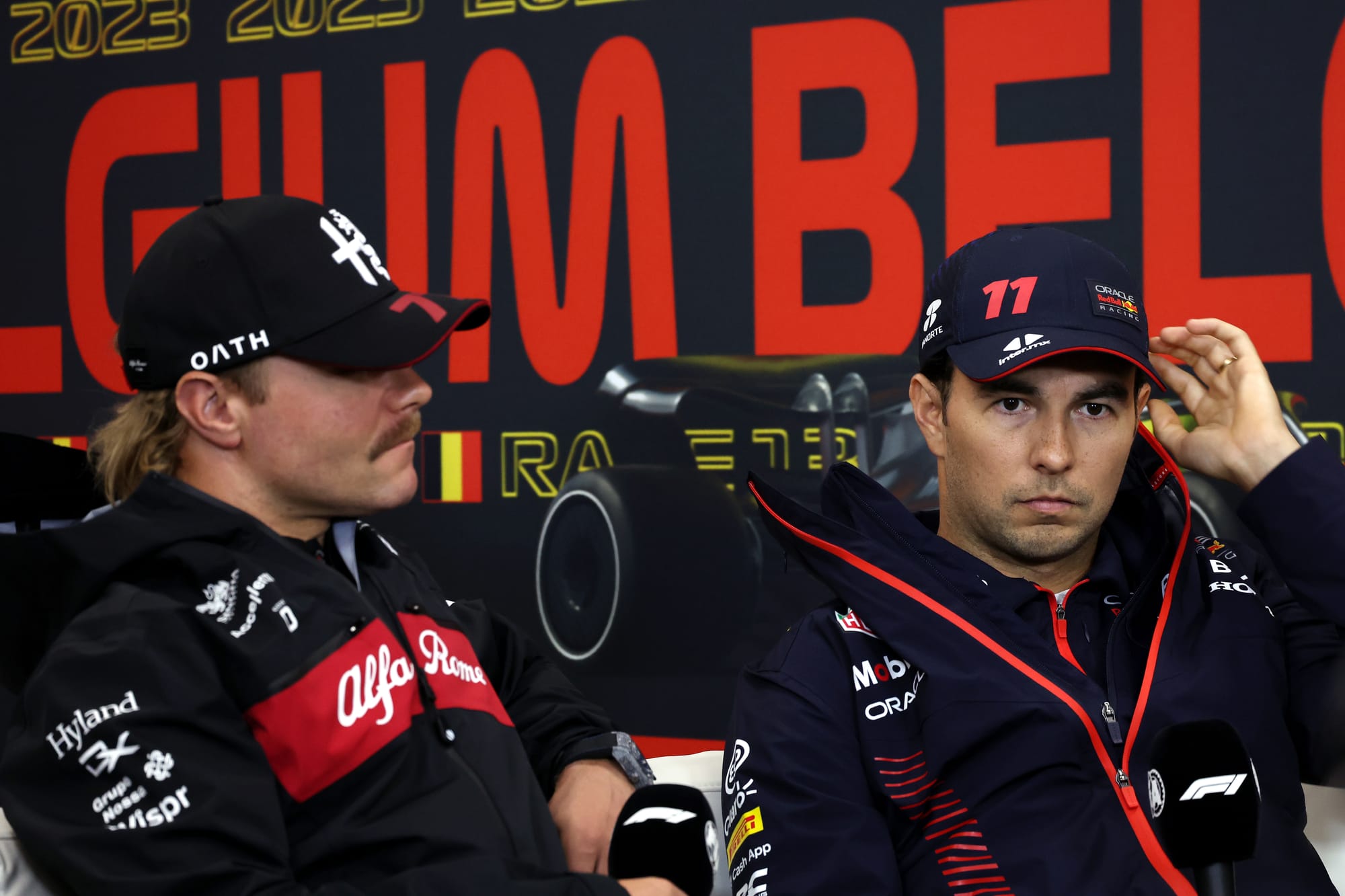
For a burgeoning championship that clearly wants to enhance its global standing that wouldn’t be a particularly progressive stance or a good look.
Avalanche Andretti is a team that is known to have been not of that particular persuasion, preferring to cultivate its own talent from a variety of driver pools in motorsport.
Its team principal Roger Griffiths told The Race last summer that a possible future driver salary cap would be difficult because “there are many sources of income, whether it’s direct salary for driving the car or it’s for endorsements or whether it’s for being the brand ambassador, etc, so trying to capture every scenario is very complicated".
A draft of the mooted key driver salary regulations existed with The Race having briefly seen a copy of them earlier this year. They are exhaustive and complex which is possibly one of the reasons that they were never ratified.
Essentially Formula E was still trying to comprehend how they could work but the intention to have something in place by 2027 was still an objective as recently as August.
“We have to remember we’re only in the first year of the cost cap,” said Griffiths before confirmation that the clause would not come into effect.
“We’re still trying to figure out exactly how it is going to work, what is eligible to be charged to the cost cap versus what’s outside of the cost cap, and I think we just need to see a season or two's worth of data from that, and to get comfortable with how we’re working the cost cap, how it’s being audited and how it’s being measured.”
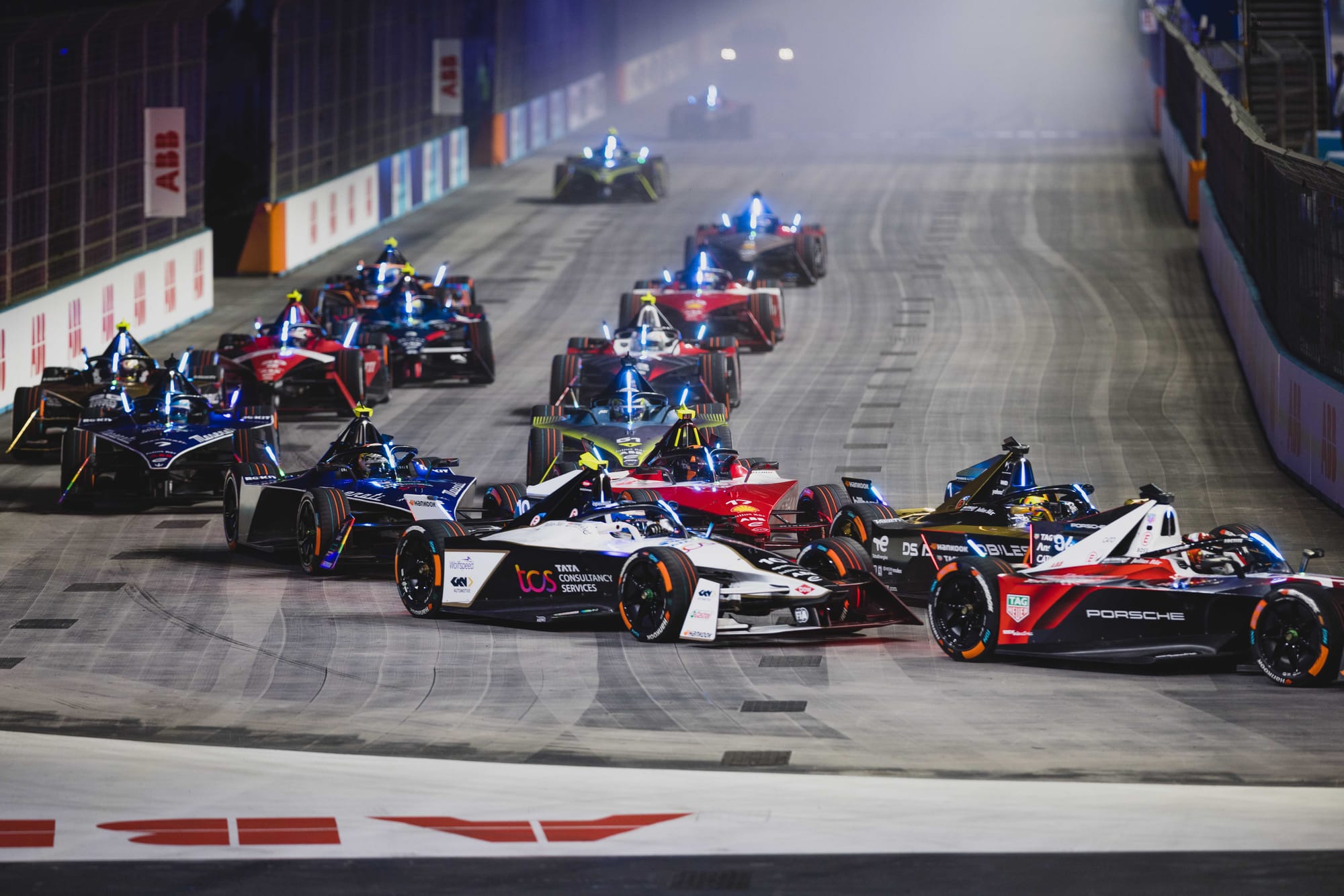
That must surely also include how it could be policed, something which will come to light after the first collective audit. Final submissions of which are now with the FIA's cost cap administration group as the reporting period lapsed on November 30.
Lobbying has of course been going on by some drivers and driver managers to ensure that a formal cap does not come into the championship. That is natural via vested interests but even neutrals tend to lean toward there not being one put in place so it does not threaten to stunt the growth and attractiveness of the series going forward.
Yet, some are sure it will materialise, albeit not for a while yet.
“I’m sure it’s going to come, is it coming in the immediate future or is it coming a little bit later than first envisaged? At this point in time no decision has been taken one way or the other but certainly the discussions that we’ve had are leaning towards a postponement and for very good reasons,” added Griffiths.
“I think we just need to get confidence in our own ability to stay within the team cost cap before we add the complexities of the drivers' one.”
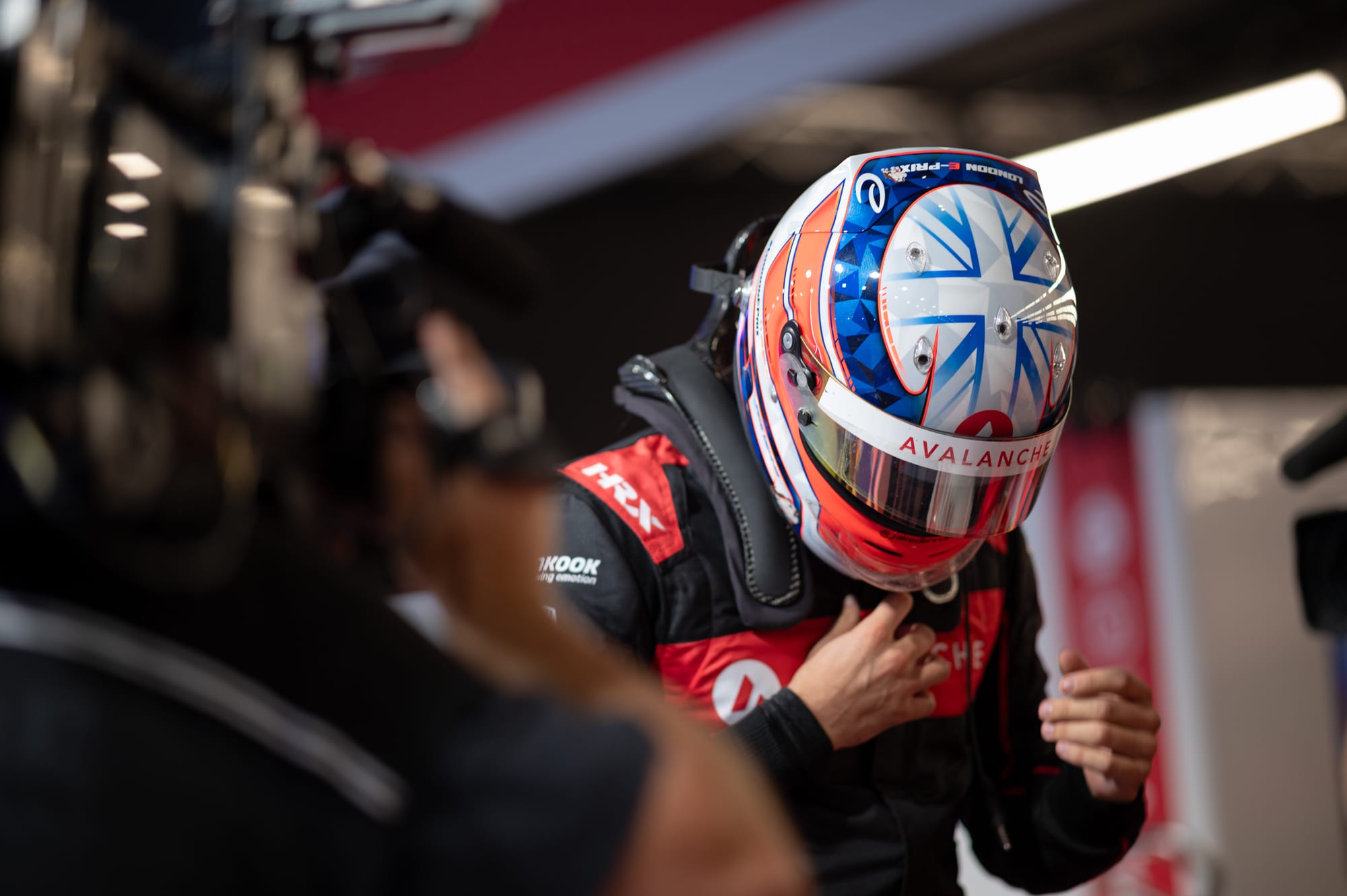
Those complexities will vary from team to team and manufacturer to manufacturer. It is not too difficult to appreciate that for a team like Andretti, it would be relatively straightforward to accommodate a driver salary cap.
A manufacturer though will be much more complex due to its propensity to use drivers for multiple programmes and layers of factory deal bureaucracy, additionally, complex ownership structures could make it more difficult to implement and police.
These are some of the reasons why, as of yet, Formula E does not have a fixed driver salary cap just now.
But the intentions are still there to have something further down the line after reviews.
How far reaching that might be to the prosperity of the championship, which coverts its deserved status as having arguably the best pound-for-pound talent pool in the world, is still open to debate.
What has become apparent after the FIA’s confirmation recently that there would be no driver cap salary was a recognition that we have to have a cost gap. But there's also recognition that Formula E has to do more to bring in new talent.
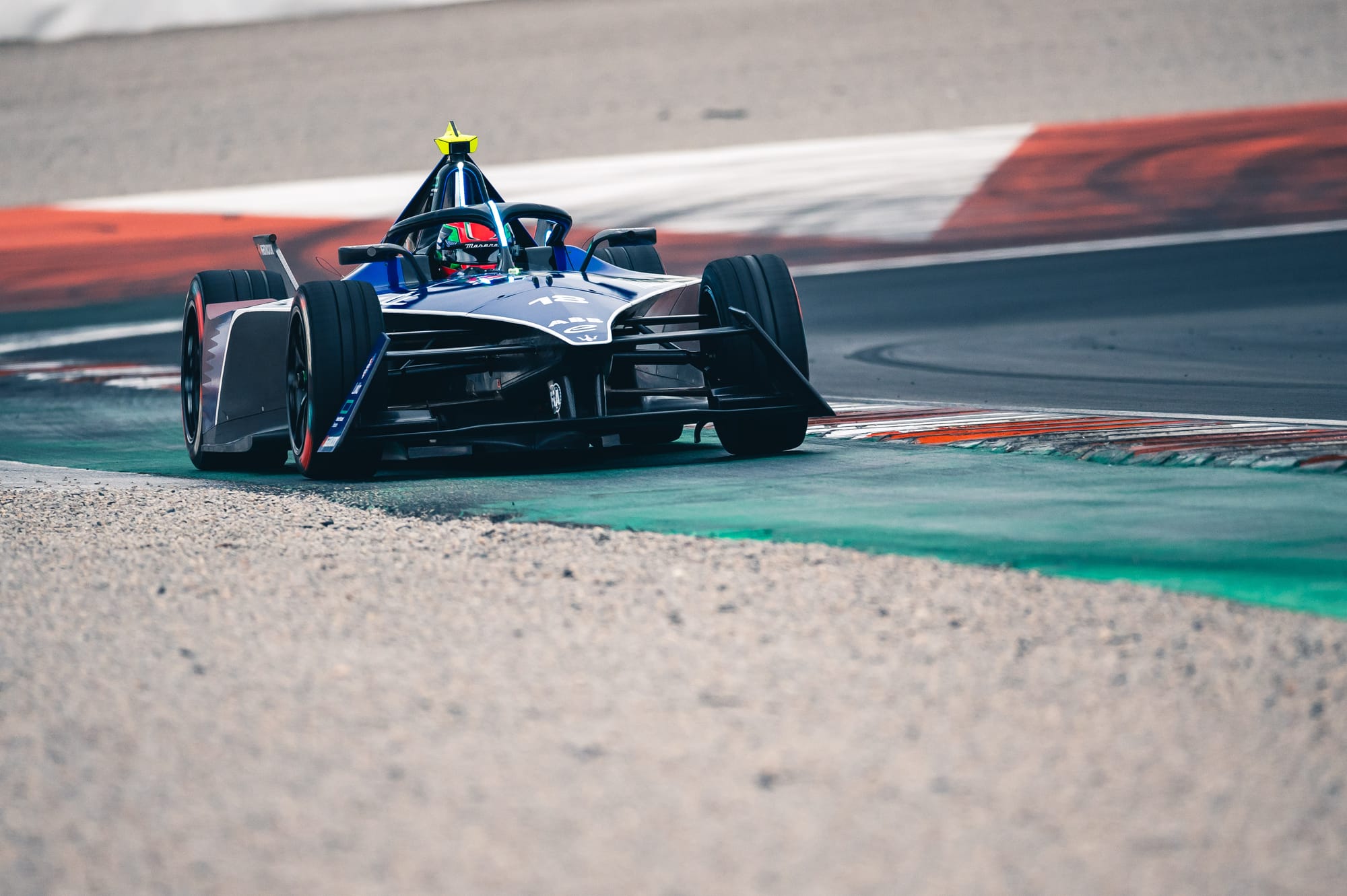
Pushing the salary cap idea back was met with some relief by a lot of the teams but with only one rookie driver this coming season in the shape of Jehan Daruvala, it is clear more needs to be done in terms of getting more rookie sessions to introduce new blood.
Part of the issue here too though is that the teams are quite risk-averse. A perfect case in. point is the Andretti team’s driver policy last summer.
It spoke to both Felipe Drugovich and Robert Shwartzman but didn’t make either of them an offer despite strong rookie sessions in Berlin and Rome. Instead, it chose Norman Nato, a driver with two full seasons of experience and a season at Jaguar as an official reserve.
That shows clearly that teams have some trepidation when introducing new drivers, so a driver salary cap is perhaps not the only discussion point when it comes to forging the future driver market for Formula E.

